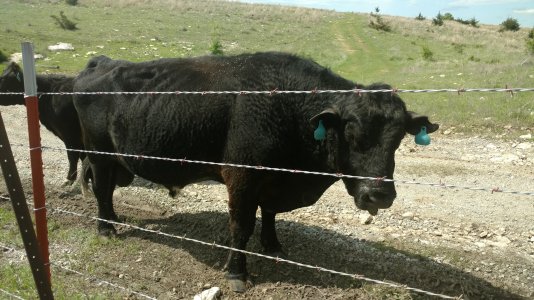J+ Cattle
Well-known member
Just out of curiosity how often do you change needles when vaccinating your herd?
Only when it gets bent or becomes dull?
Every 10 head?
Here's why I'm asking...
Last year I had a few calves that had some warts, so I bought the wart vaccine and ran them all through the chute to vaccinate them. After vaccinating them almost all of them developed warts, some more severe than others but almost all had some. I know I should have waited for the warts to go away on their own, but I thought with the vaccine they would clear up faster and be ready to sell. I think using the same needle from one to the next helped spread the warts. Luckily it was only warts and not something more serious. Imagine vaccinating an animal infected with something like IBR or BVD and not changing the needle and spreading it through the whole herd.
Curious to know what our vets like @Buck Randall have to say on the subject.
Only when it gets bent or becomes dull?
Every 10 head?
Here's why I'm asking...
Last year I had a few calves that had some warts, so I bought the wart vaccine and ran them all through the chute to vaccinate them. After vaccinating them almost all of them developed warts, some more severe than others but almost all had some. I know I should have waited for the warts to go away on their own, but I thought with the vaccine they would clear up faster and be ready to sell. I think using the same needle from one to the next helped spread the warts. Luckily it was only warts and not something more serious. Imagine vaccinating an animal infected with something like IBR or BVD and not changing the needle and spreading it through the whole herd.
Curious to know what our vets like @Buck Randall have to say on the subject.


